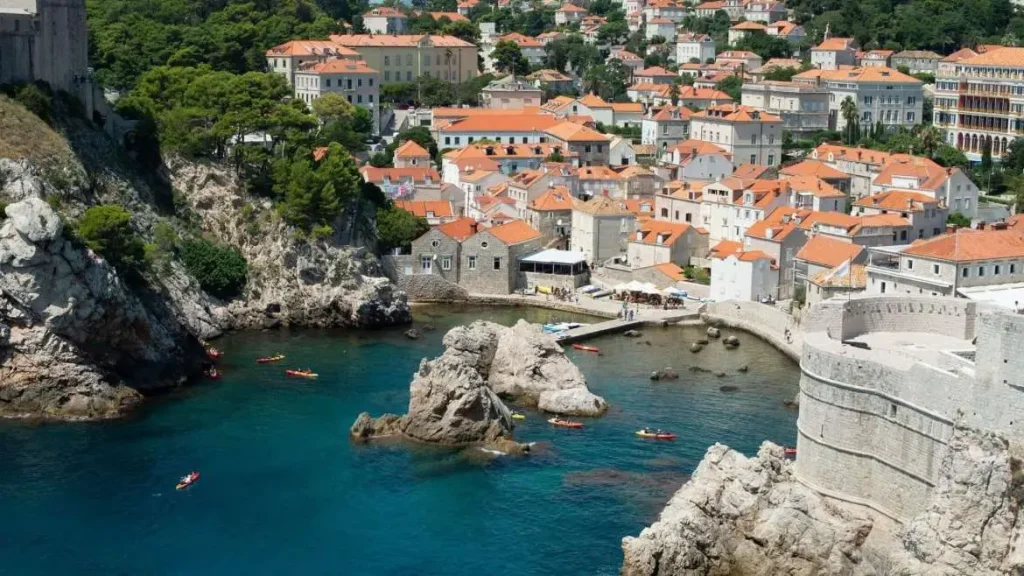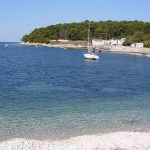Croatia has had high temperatures for some time now, and in late July they rose as high as 39 degrees Celsius, but the current water levels in rivers are significantly affected by the lack of precipitation in recent months, the Croatian Meteorological and Hydrological Service (DHMZ) said on Tuesday.
As a result, the availability of water could become a problem further south along the coast, which is what has already happened in Istria. Karst waters are particularly important for water supply, especially in areas where water resources are in short supply.
Although river water levels in Croatia are lower than usual, they have not yet exceeded the absolute minimums, but the stagnation of river water levels is expected to continue in the days to come.
Istria County introduced water restrictions on 18 July banning watering public and private green areas, the use of showers on beaches, car washing, and washing streets and squares, except farmers’ and fish markets.
County Prefect Boris Miletić confirmed on Tuesday that the measures will remain in force for at least another week.
Danube and Drava rivers less dependent on precipitation
Apart from the rivers in the Adriatic basin, rivers of the Black Sea basin flow through Croatia as well, and the situation there is somewhat better. The Danube and Drava, which are part of the Black Sea basin and whose sources are outside Croatia, are less dependent on local rainfall and reflect the hydrological situation of their basin.
Unlike the Danube and the Drava, the Sava river basin significantly depends also on local precipitation, given that it occupies almost half (43%) of Croatia’s territory.
For the time being, it is less likely that any hydrological extremes, that is, minimum river levels, will occur in these basins, the DHMZ said.










